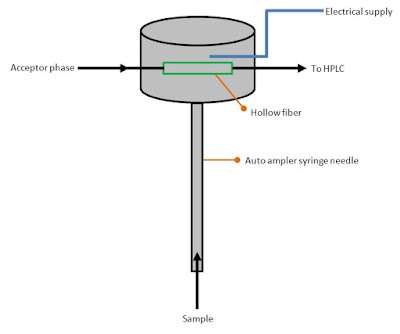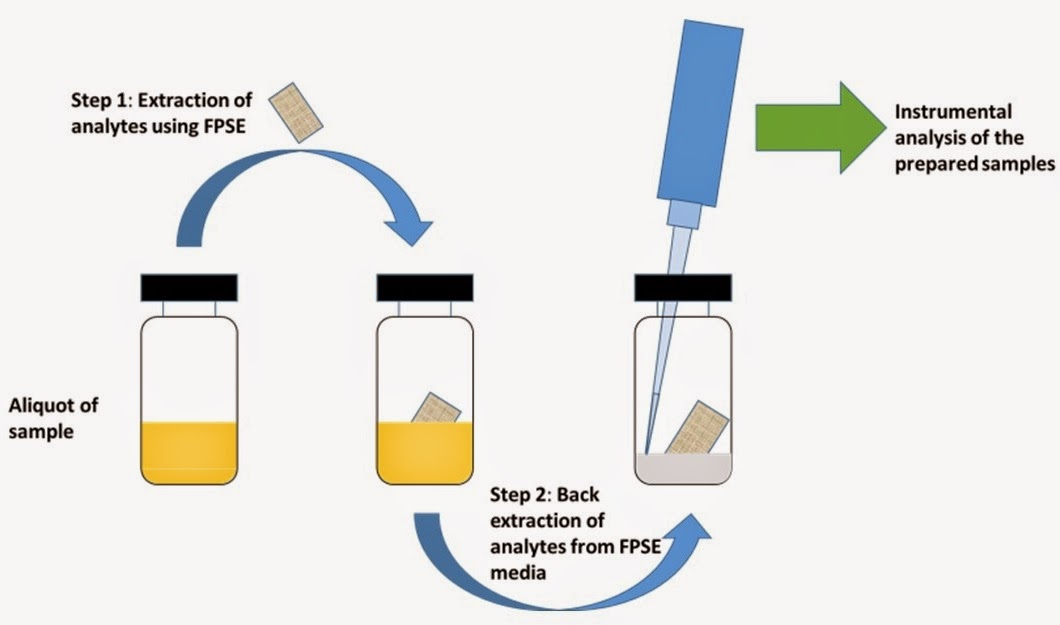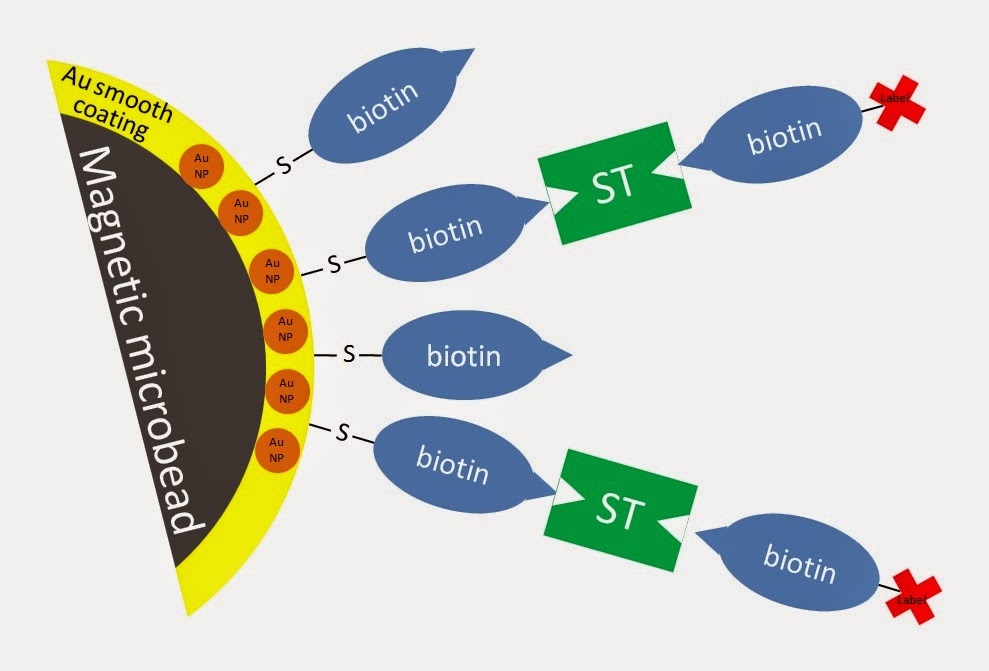Fully automated electromembrane extraction
The implementation of microextraction techniques in
process laboratories usually depends on their automation degree. In reality,
the use of too manual procedures is not practical when a large number of
samples must be processed. In addition, manual workflows are labor intensive and prone to errors. This situation can be further complicated when risky
samples, pretty common in bioanalysis, are handled.
The potential of electromembrane extraction (EME) has
been highlighted several times in Microextraction Tech blog. Among other
advantages, EME is a rapid process thanks to the migration of the target
compounds from the sample to the acceptor phase (through an appropriate
supported liquid membrane) under an electrical voltage gradient. No doubt, the
automation of EME and its hyphenation to chromatographic techniques would have
a high impact in the field.
Researchers from the universities of Copenhagen and
Oslo have reported this year two interesting articles in this
context. Earlier in this year, they described the direct combination of EME and
liquid chromatography-mass spectrometry (LC-MS) in a highly recommendable article
published in Analytica Chimica Acta (1). Despite the interest of this approach,
this post is focused on a recent article accepted for publication in Analytical
Chemistry. In this case, our colleagues go beyond to the "simple"
automation and coupling. In fact, they propose the integration of EME in a
LC-MS autosampler.
The modification of the autosampler syringe makes this
integration possible while enabling the subsequent extraction of several
samples (each one located in a different vial of the autosampler tray).
Although we recommend reading the original article to fully understand the proposal,
a brief description is outlined before.
The core of the system, which is schematically shown
in the Figure, consists of a hollow fiber (HF) whose ends are attached to fused
capillary tubes. The acceptor phase flows through that inner volume and it is
finally placed in the loop of a switching valve that allows its injection in
the LC. The hollow fiber is located in the luer adapter of the syringe in such
a way that the sample comes in close contact with the HF when it is
aspirated from the vial by the syringe. An electrical wire and a voltage
sequencer are the last elements needed to integrate EME with LC. Several steps
(e.g aspiration of the sample, extraction and injection) are developed in a
sequential and automated way. We strongly recommend the movie published as supplementary
information and freely available on the journal webpage since it clearly explains
all the process.
 |
| Scheme of the proposed device (more info in the original manuscript) |
This is just a brief excerpt of the
article and you will find additional info in the original article. Among this info, you will read a comprehensive description
of the device, the optimization of the experimental variables involved in the
extraction and the practical application to study the in-vivo conversion of
methadone by rat liver microsomes.
References
(1) Direct coupling of a flow–flow
electromembrane extraction probe to LC-MS. Link to the article
(2) Fully Automated Electro Membrane
Extraction Autosampler for LC–MS Systems Allowing Soft Extractions for
High-Throughput Applications. Link to the article
Related posts
(A) Electromembrane extraction of
biological samples: determining stimulant drugs in whole blood. Link to the post
(B) Simultaneous electromembrane
extraction of acidic and basic drugs. Link to the post
(C) Dynamic electromembrane
extraction. Link to the post



thanks for sharing full concepts of Fully automated electromembrane extraction.
ReplyDelete